Galata Bridge: History, Experiences, and Photography Tips
Table of Contents
-
History and Significance of Galata Bridge
-
Experiences and Activities at Galata Bridge
-
Photographic Opportunities at Galata Bridge
-
Local Culture and Events at Galata Bridge
1. History and Significance of Galata Bridge
1.1. What is the historical background of Galata Bridge?
The Galata Bridge has been a significant landmark in Istanbul for over a millennium. Initially constructed as a wooden bridge in the 6th century AD during the Byzantine Empire, it facilitated crucial trade and movement between the old city of Constantinople and the Galata district, known for its vibrant commerce. The bridge has witnessed numerous transformations due to fires, collapses, and reconstructions. The most notable rebuilds include a metal version designed by French engineer G. E. Eiffel in the 19th century and the modern steel-and-concrete structure completed in 1992. Each iteration of the bridge reflects the technological and architectural advancements of its time, while continuously serving as a vital link in the city’s urban fabric.
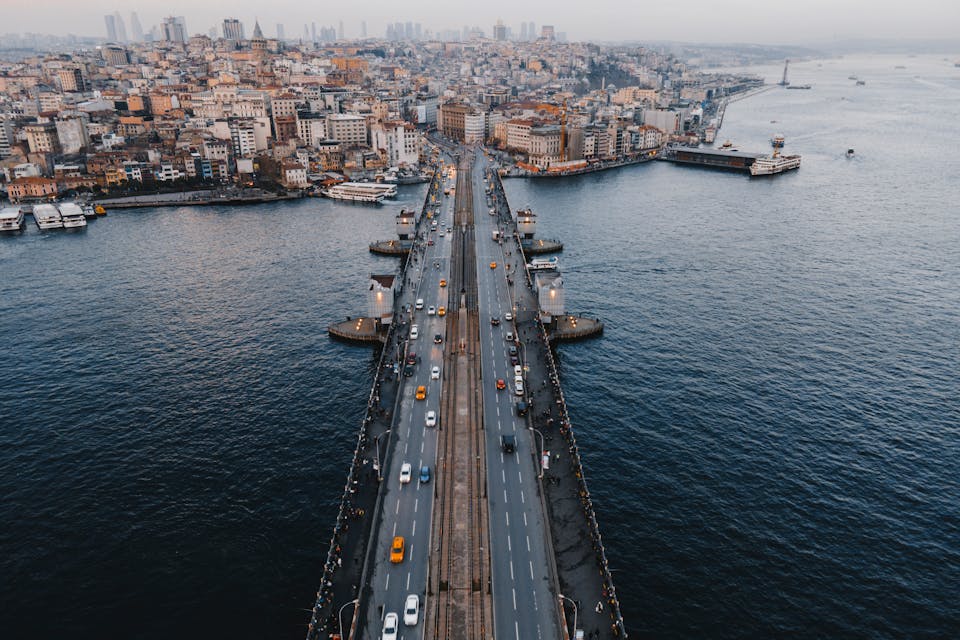
1.2. Why is Galata Bridge significant to Istanbul’s history?
Galata Bridge is not merely a physical structure; it is a historical symbol of Istanbul’s evolution. It has been a key crossing point for centuries, symbolizing the connection between different cultures and communities within the city. Its strategic location facilitated trade between Europe and Asia, contributing to Istanbul’s status as a major economic hub. The bridge has been the backdrop to many significant historical events, including military sieges and political changes, making it a living testament to Istanbul’s rich and varied history. Its resilience and adaptability underscore its importance in the city’s historical narrative.
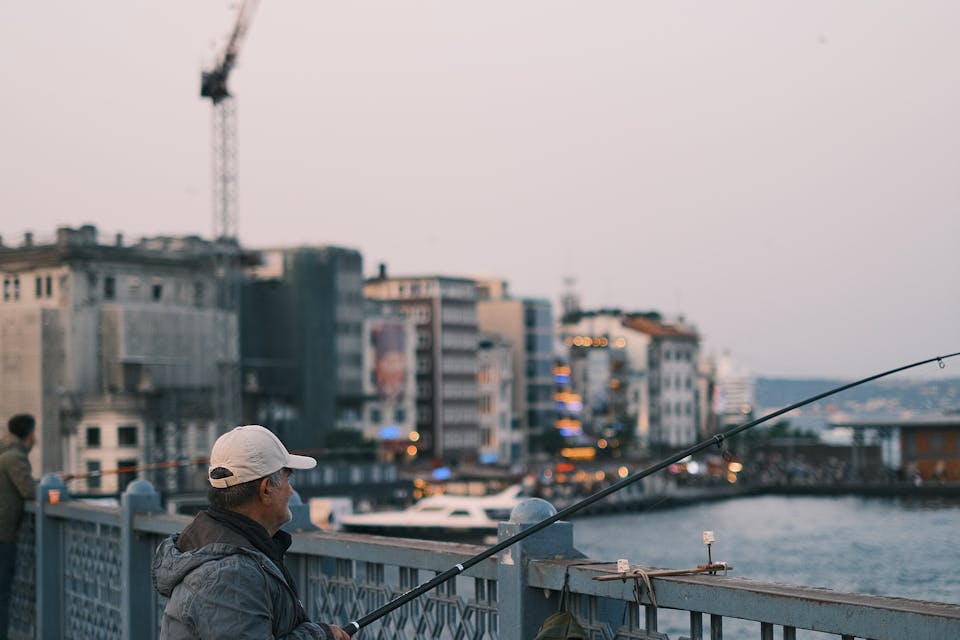
1.3. How has the architecture of Galata Bridge evolved over time?
The architectural evolution of Galata Bridge reflects the changing needs and technological advancements of Istanbul over the centuries. The original wooden bridge, constructed in the 6th century, was replaced by a series of metal structures. In the 19th century, the bridge was redesigned by the renowned engineer G. E. Eiffel, whose metal bridge was an engineering marvel of its time. The 20th-century reconstructions introduced modern materials and design elements. The current structure, a steel and concrete bridge completed in 1992, incorporates a two-level design: the upper level for vehicles and the lower for pedestrians and fishing. This evolution highlights the bridge’s ability to adapt to technological progress while maintaining its historical significance.
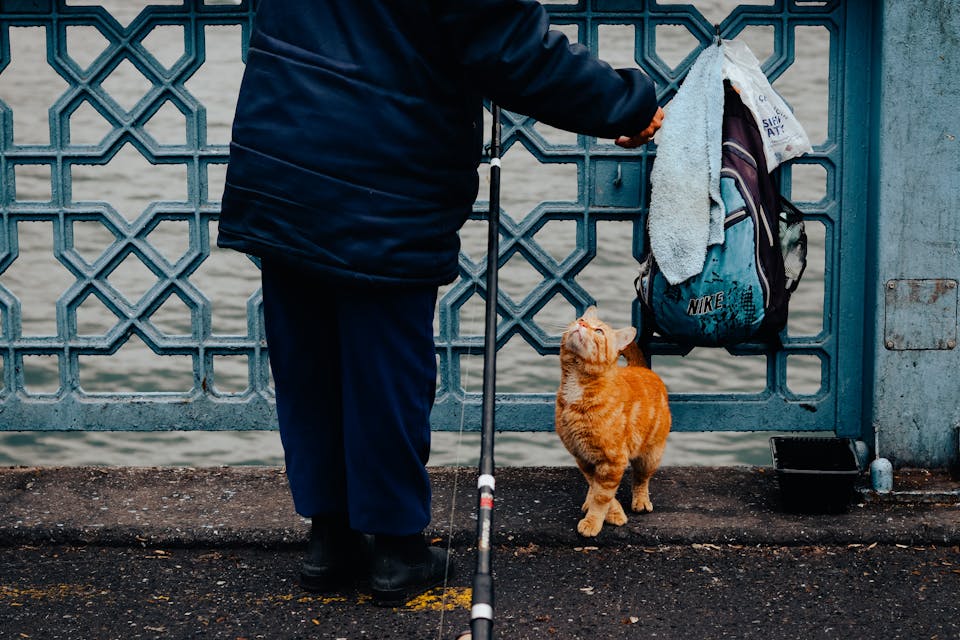
2. Experiences and Activities at Galata Bridge
2.1. What are the best activities to do at Galata Bridge?
Visitors to Galata Bridge can indulge in a variety of activities that capture the essence of Istanbul. A leisurely stroll across the bridge offers breathtaking views of the Golden Horn and the sprawling cityscape. Fishing is a beloved tradition, with many locals setting up their gear on the bridge’s lower level to catch fish while enjoying the vibrant atmosphere. For those seeking relaxation, the bridge hosts a range of restaurants and cafes where one can enjoy traditional Turkish dishes and fresh seafood. The area also serves as a lively gathering place, with street performers, local vendors, and picturesque views contributing to a unique and memorable experience.

2.2. How can visitors enjoy fishing on Galata Bridge?
Fishing on Galata Bridge provides a genuine taste of Istanbul’s cultural heritage. The bridge’s lower level is equipped with dedicated fishing spots, complete with railings and ample space for casting lines. Visitors can bring their own fishing gear or rent equipment from nearby shops. Fishing here is not just about catching fish; it’s an immersive experience that allows visitors to engage with local customs and enjoy the serene backdrop of the Golden Horn. It’s a perfect way to experience a traditional pastime while soaking in the lively atmosphere of the bridge.
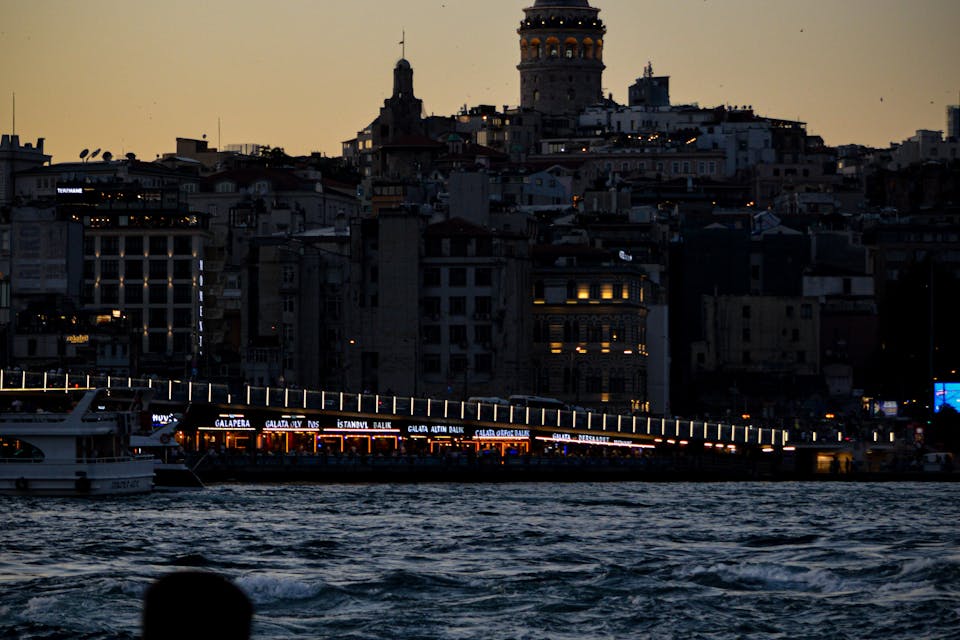
2.3. What dining options are available near Galata Bridge?
The dining scene around Galata Bridge offers a delightful culinary journey. On the bridge’s lower level, several seafood restaurants serve fresh fish and traditional Turkish mezes, providing a great dining experience with views of the water and bustling activity below. Nearby, the vibrant Karaköy district features a diverse array of cafes, bistros, and street food vendors. Whether you're in the mood for a casual kebab or a refined meal at a waterfront restaurant, the area caters to all tastes and preferences. The combination of delicious food and scenic views makes dining around Galata Bridge a unique and enjoyable experience.

3. Photographic Opportunities at Galata Bridge
3.1. What are the best spots for photography on Galata Bridge?
Galata Bridge offers several prime locations for capturing stunning photographs. The central portion of the bridge provides sweeping panoramic views of the Golden Horn and Istanbul’s skyline, including iconic landmarks like the Galata Tower and the Süleymaniye Mosque. The lower level of the bridge is also a great spot, where you can photograph the lively activity of fishermen, diners, and street vendors. The bridge’s structural details, with its intricate railings and bustling atmosphere, offer additional opportunities for detailed and artistic shots.
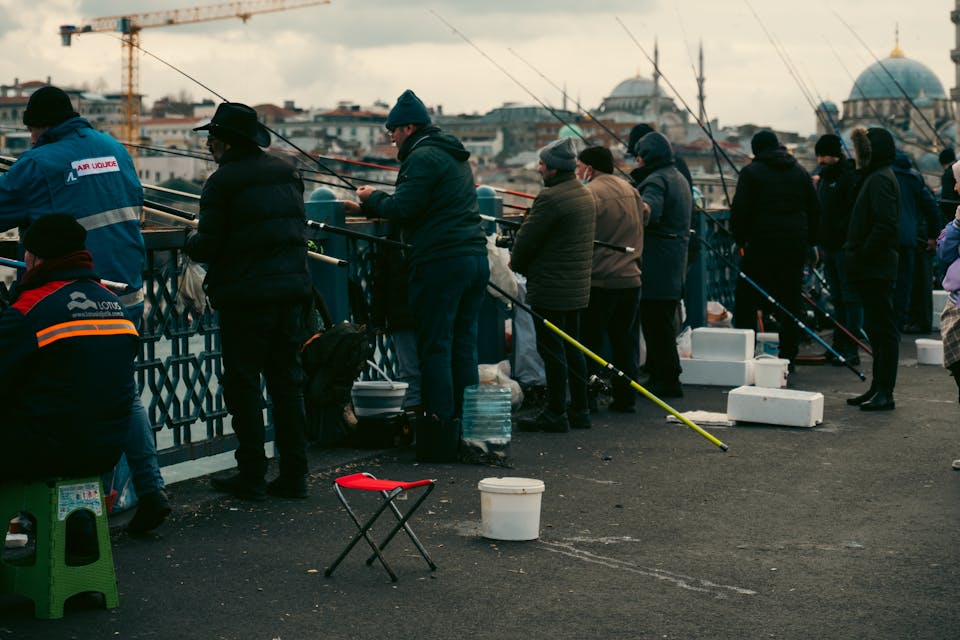
3.2. How can tourists capture the iconic views from Galata Bridge?
To capture the iconic views from Galata Bridge, tourists should consider the time of day and lighting. The golden hour—early morning or late afternoon—provides the best lighting conditions, with soft, warm hues that enhance the beauty of the cityscape. Using a wide-angle lens can help capture the full expanse of the bridge and its surroundings. For detailed shots, focusing on specific elements like the bridge’s architectural features or the dynamic scenes of local life can create compelling images. Additionally, experimenting with different angles and perspectives can yield unique and memorable photographs.
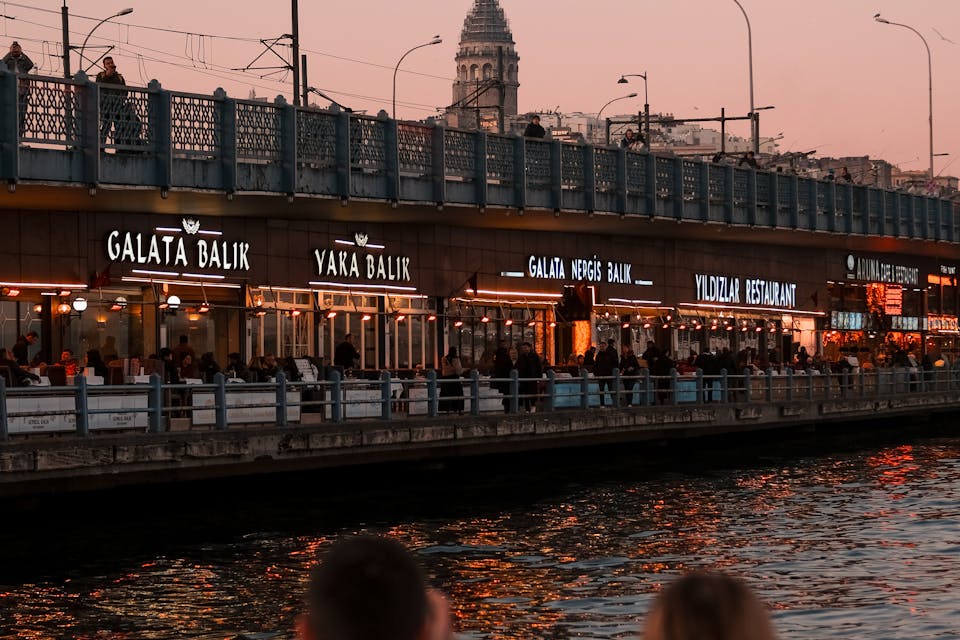
3.3. What are the best times of day to photograph Galata Bridge?
The best times to photograph Galata Bridge are during the golden hours of sunrise and sunset. The soft, golden light during these times creates a warm and inviting atmosphere, enhancing the overall beauty of the scene. Midday can also offer clear and bright images, though it may lack the dramatic lighting of the golden hours. For a different perspective, capturing the bridge at night can be equally rewarding, as the illuminated structure and reflections on the water create a magical ambiance. Each time of day offers a distinct opportunity to showcase the bridge’s charm and significance.
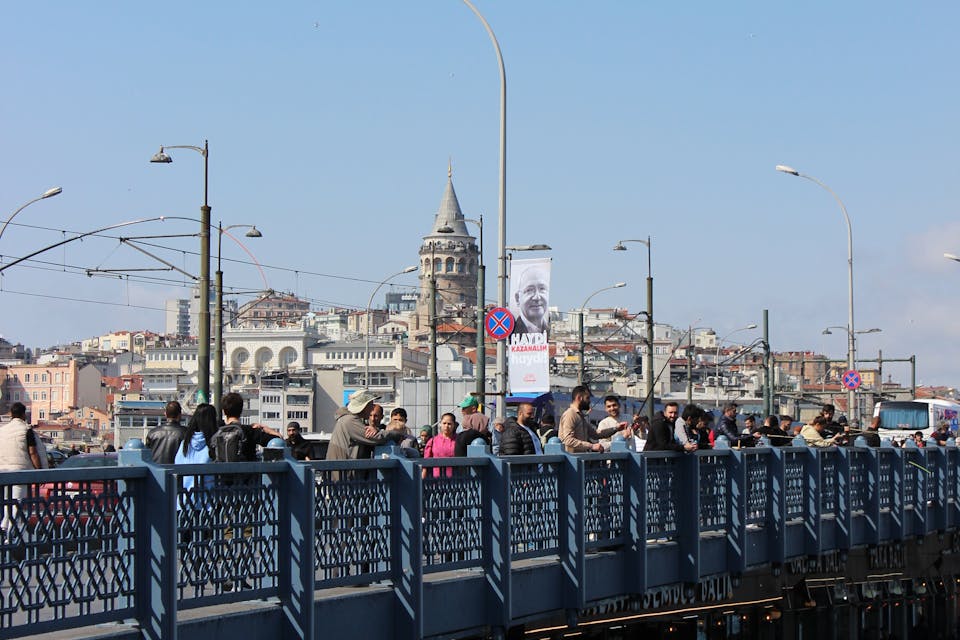
4. Local Culture and Events at Galata Bridge
4.1. What local events are held near Galata Bridge?
Galata Bridge and its surrounding areas are vibrant with local events throughout the year. Traditional Turkish festivals, such as the Istanbul Music Festival and the Ramadan celebrations, often take place nearby, turning the bridge into a lively focal point for cultural festivities. Street performances, art fairs, and local markets add to the energetic atmosphere, offering visitors a chance to experience Istanbul’s rich cultural tapestry. The bridge serves as a central gathering place for these events, reflecting the city’s dynamic and inclusive cultural life.
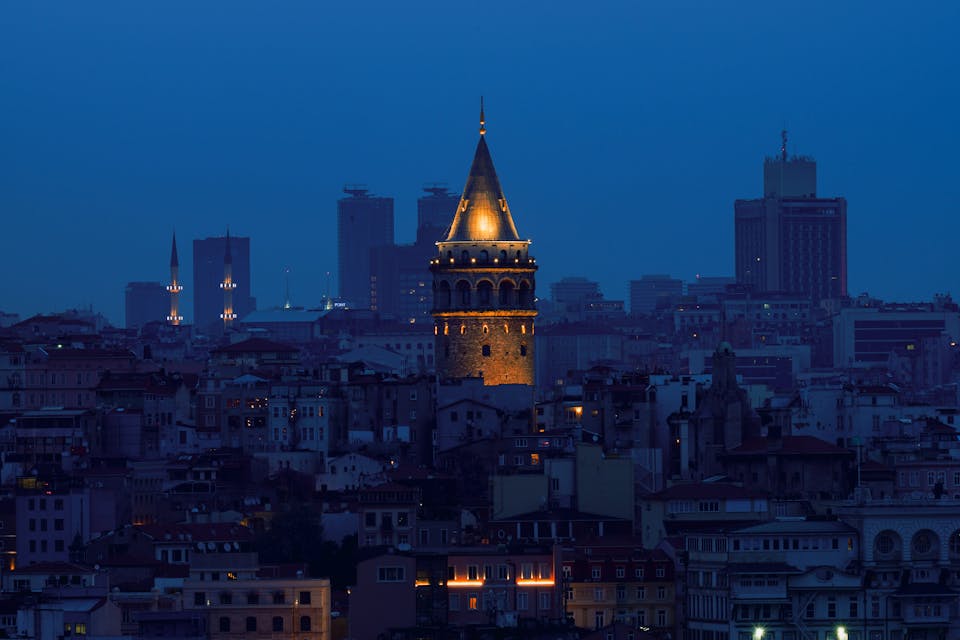
4.2. How does Galata Bridge contribute to Istanbul’s cultural life?
Galata Bridge is a cornerstone of Istanbul’s cultural life, acting as a vibrant hub for both locals and tourists. It’s a place where people come together to fish, dine, and socialize, reflecting the city’s diverse cultural interactions. The bridge’s historical significance and its role in daily life make it a living monument to Istanbul’s cultural heritage. The area around the bridge is also home to numerous restaurants, cafes, and shops, further enhancing its role as a cultural and social center. The bridge’s continual presence in the city’s life underscores its importance in shaping Istanbul’s cultural identity.
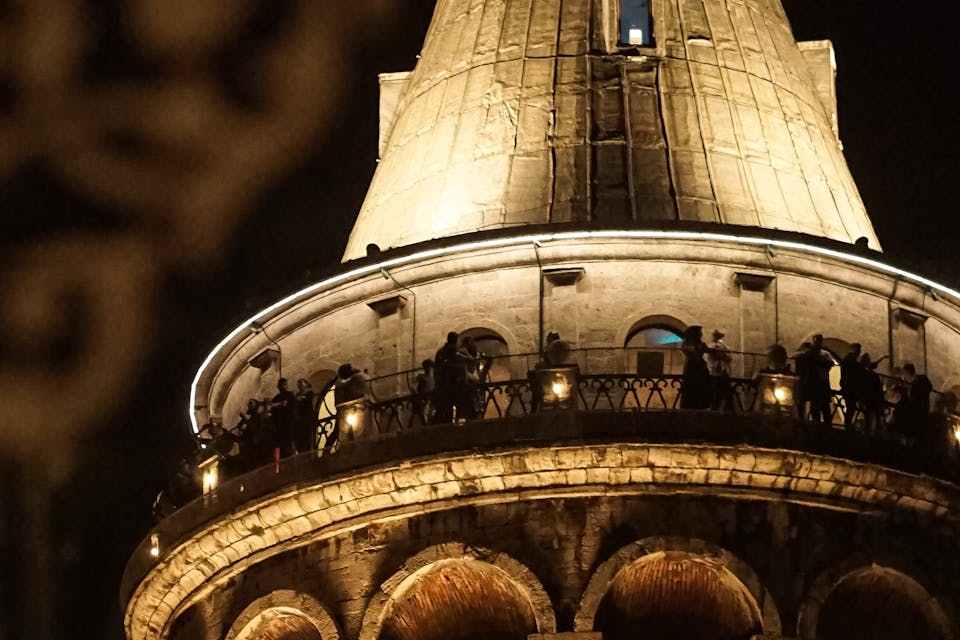
4.3. What cultural landmarks are located near Galata Bridge?
Nearby Galata Bridge, several cultural landmarks enhance the area’s historical and artistic significance. The Galata Tower, a medieval stone structure, offers panoramic views of Istanbul and stands as a symbol of the city’s rich history. The historic Galata district itself is home to various art galleries, boutique shops, and cafes, reflecting Istanbul’s artistic spirit. Additionally, the nearby Istiklal Avenue is a bustling street known for its historical architecture, shopping, and vibrant cultural scene. The Karaköy area, with its eclectic mix of old and new, also adds to the cultural richness of the location.